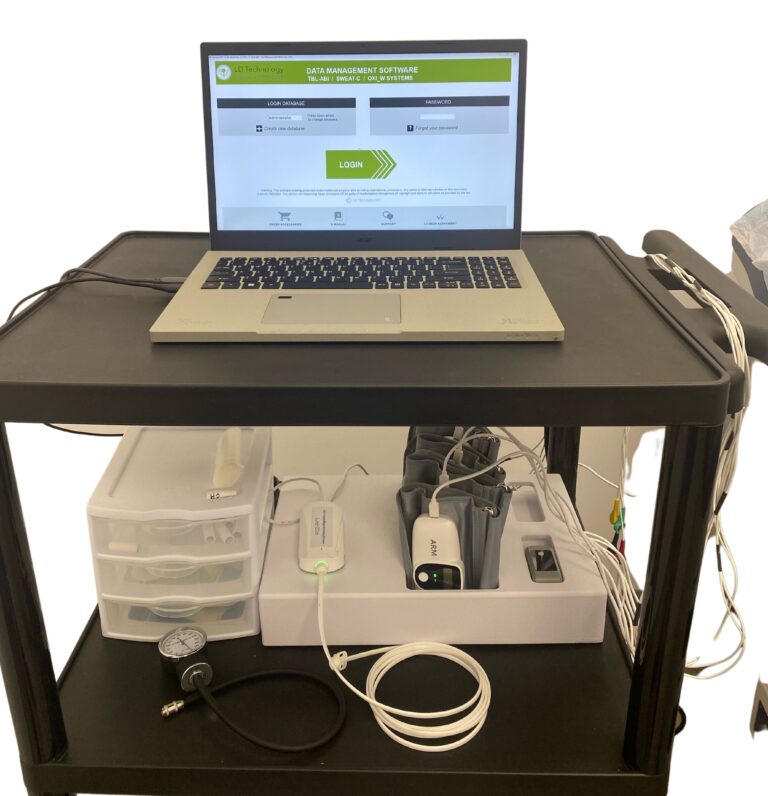Taking the Next Step After Risk Identification
The Annual Wellness Visit gives you a valuable chance to identify patients who may be at risk for falls. But identifying risk is only the first step. Once a patient is flagged, the next challenge is understanding what’s causing their instability and how to respond with the right level of care.
The VAT ENGPlus System helps you move from screening to action. This in-office, non-invasive tool allows you to evaluate vestibular function and determine whether balance issues are related to peripheral or central causes. With clear, objective data, you can make more confident decisions about treatment, referrals, or care adjustments.
Vestibular Dysfunction and Fall Risk
Vestibular disorders are a common but often overlooked cause of falls, especially in older adults. Your patients may not describe dizziness outright. Instead, they may say they feel unsteady, off-balance, or motion-sensitive. These complaints are easily attributed to aging, medications, or general weakness.
The VAT ENGPlus System gives you a way to go deeper. By identifying vestibular dysfunction early, you can take steps that prevent complications, support stability, and reduce the likelihood of future falls.
When to Use Vestibular Testing
The Annual Wellness Visit helps you recognize fall risk, but it does not explain what is causing the risk. Vestibular testing with the VAT ENGPlus System is especially helpful when a patient screens positive for fall risk during their annual wellness visit. Still, imaging, labs, or vitals do not reveal a clear cause.
It can also be useful when a patient presents with symptoms like imbalance or motion sensitivity that have not been explained by other assessments.
Turning Results Into Action
The VAT ENGPlus System combines vestibular autorotation testing with ENG to evaluate how your patient’s eyes, brain, and vestibular system work together. The results help you determine whether the dysfunction is related to the inner ear or the central nervous system.
This information guides your next step. You may refer the patient for vestibular rehabilitation, order a neurology consultation, or manage symptoms conservatively based on your findings.
More Clarity for You and Your Patients
Vestibular testing brings greater clarity to follow-up care. It reduces uncertainty and allows you to take targeted action instead of relying on trial and error.
For patients, it provides an explanation that makes sense and a plan that feels proactive. Instead of simply hearing they are at risk for falling, they begin to understand why and what can be done about it.
By adding VAT ENGPlus testing to your post-AWV protocol, you take a more structured and informed approach to fall prevention that benefits both your care team and your patients.
If you’re considering adding the system to your office, a summer financing option through GSG Capital is now available, offering no payments for up to 12 months. This can make onboarding easier as you build clinical protocols around its use.
Contact us to learn more.






